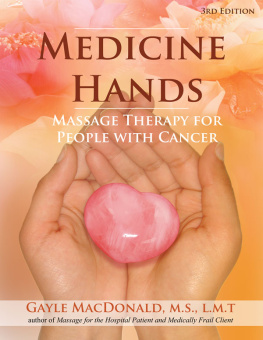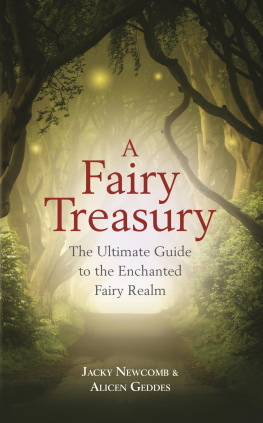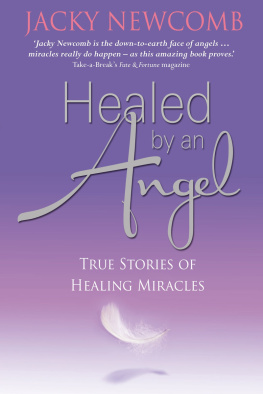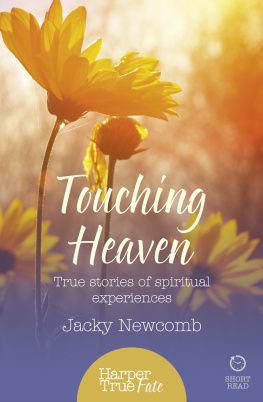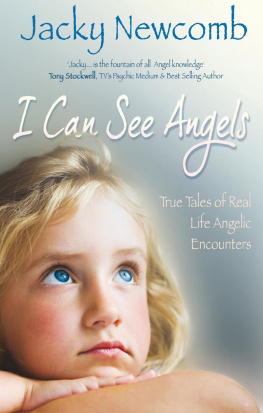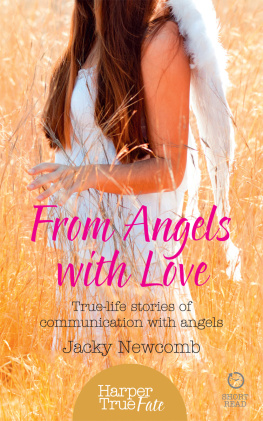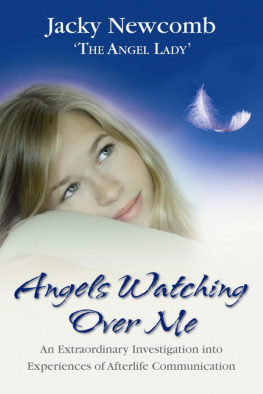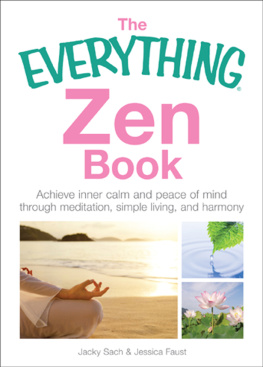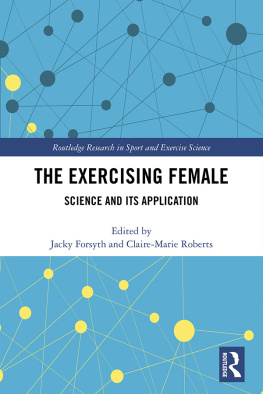Medicine Hands
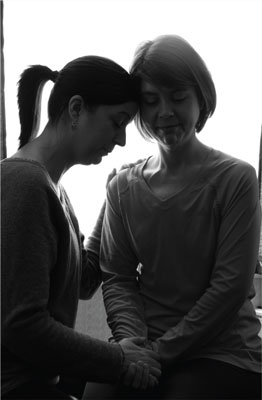
Medicine Hands
Massage Therapy for
People with Cancer
Gayle MacDonald, MS, LMT

Gayle MacDonald 1999, 2007, 2014
The right of Gayle MacDonald to be identified as the author of this work has been asserted by her in accordance with the Copyright, Designs and Patents Act 1998.
Third edition published in 2014 by Findhorn Press, Scotland
ISBN 978-1-84409-659-8
All rights reserved.
The contents of this book may not be reproduced in any form, except for short extracts for quotation or review, without the written permission of the publisher.
A CIP record for this title is available from the British Library.
Cover design by Richard Crookes
Designed in Kingfisher by Geoff Green Book Design, Cambridge Printed and bound in the EU
Frontispiece: Companions on a Journey by Christine Bennett-Weber
Published by
Findhorn Press
117121 High Street
Forres IV 36 1 AB
Scotland, UK
t +44 (0)1309 690582
f +44 (0)131 777 2711
e
www.findhornpress.com
IMPORTANT, PLEASE NOTE:
Prior to initiating the use of massage or any other touch modalities, consult with the patients doctor. Medicine Hands is designed to be a resource; it is not a substitute for medical advice. Different state or municipal licensing boards have jurisdiction over the practice of massage. These regulating bodies may have a policy or recommendation with regard to massaging people with cancer. Practitioners should become knowledgeable about these regulations by contacting the licensing board.
DEDICATION:
Oncology Massage the world over is driven by touch therapists who feel called to this vocation. They work with a deep and abiding devotion to the heart of the world. They hold joy and suffering, and walk willingly with those who ask. This edition is for themmy colleagues, friends, kith and kin.
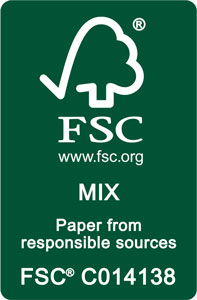
Contents
Preface
Soil is created through a process that takes many, many years. Slowly, on top of bedrock, particles of weathered rock, decayed plant material and decomposed animals are laid down. Eventually, enough organic material has been deposited to create a soil deep and rich enough to support life.
A new professional discipline, such as Oncology Massage, also takes time to build the layers of soil in which it will grow. At first, smaller plants grow in the beginning layers, but as the soil deepens, larger and larger projects can be planted and anchored. The soil in which Oncology Massage exists is maturing; just now reaching a middling depth. Much more is needed, and this will come through educating the general massage profession, patients, health care practitioners, and researchers. As well as this, we must examine our own educational infrastructure for elements that are lacking.
Each edition of Medicine Hands mirrors the last layer of soil that has been laid down. The first edition (MH1) basically served to challenge the long-held belief that massage would cause cancer to spread, and should therefore be contraindicated. By todays standards, MH1 was light on content. The internet barely existed, which meant that I gleaned much of my information from American Cancer Society pamphlets, a variety of nurses, and medical and nursing literature. There were fewer than a dozen research studies, most of which would not pass muster these days. Only a few professional colleagues were available to consult with, and at the time, many massage practitioners were still aghast that we were providing massage for people being treated for cancer. I thought we werent supposed to touch people with cancer was a comment I often heard. In 1999, there was no such thing as Oncology Massage.
The second edition, published in 2007, showed the huge leap that had been made in experience and knowledge. More than three-dozen new research projects had been completed. The internet had become the place to research new treatments, medications, and types of cancer. Highly-visible programs were available at places such as The Christie Hospital in Manchester, England, at The Royal Marsden in London, at Memorial Sloan Kettering in New York City, and MD Anderson in Houston, just to name a very few. And the first professional association, the Society for Oncology Massage, was on the brink of being created.
As publication of the third edition approaches, some massage students now enter school with the intent of specializing in massage for people with cancer; schools have created clinical experiences in the community to allow massage students to gain experience in cancer clinics and hospitals, and a few schools even have specialized tracks in Oncology Massage. Professional organizations have formed internationallythe Iris Cancer Partnership in Scotland, Oncology Massage Training in Australia, and Massage bij Kanker in the Netherlands. The infrastructure that accompanies this new field is slowly developing.
Oncology Massage therapists are a group with many hands, yet one heart.
Gretchen Murphy RN, LMT, Racine, Wisconsin
The background reading for the third edition (MH3) was mindboggling; akin to an informational tsunami. In 2004, a Google search using the words cancer and massage, oncology and massage or oncology and cancer massage yielded 242,000 pages. By 2013, just using the keywords cancer massage showed that nearly 41 million pages were available!
There is so much new information as of 2013, and so many practitioners with specialized knowledge, that part of my job in creating this new edition of Medicine Hands was to recruit contributors who could add their expertise to mine and make MH3 as complete as possible. Medicine Hands has evolved into a meeting ground where both givers and receivers of Oncology Massage the world over can pour in their contributions, sharing information and stories. I have become the steward for a collective process.
Despite a great deal of new knowledge and experience on a collective level, Medicine Hands is still a primer in a discipline that is wet behind the ears. We have much to learn about how touch therapies affect people who have been through cancer treatment. It takes years of experience to figure out best practices. We have no idea which people could benefit from more pressure, or whether patients, once recovered from treatment that includes a sentinel node biopsy, can have deeper massage on the affected quadrant. There is little research on how long the benefit of a massage lasts or what the best frequency is. Just as the medical field is learning more and more every year about how cancer treatments affect people over time, Oncology Massage still has much to learn.
If you want to go fast, go alone. If you want to go far, go together.
African proverb
Standards of Care
There are no Standards of Care within the field of massage, let alone Oncology Massage. The clinical guidelines put forward in Medicine Hands were based initially on my own experiences with patients at Oregon Health and Science University, and later with clients in private practice. Over time, the experiences of many other therapists have affirmed my ideas. This is not to say that we are all in unanimous agreement. We each do certain things slightly different, but there is an overall similarity in our practices, which has come about without conferring any sort of professional meeting to establish Standards of Care.
Next page
